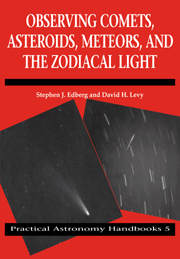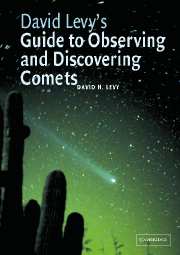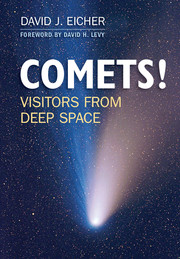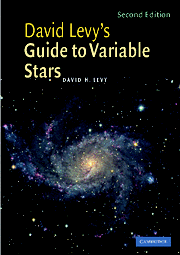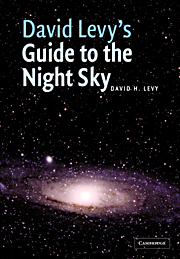Observing Comets, Asteroids, Meteors, and the Zodiacal Light
When can you see fireballs and who should you contact if you spot one? When is it best to hunt for comets and meteors and whereabouts? How do you gauge the size of the coma in the head of a comet and estimate its degree of condensation? Clear and easy to use, this guide shows you how to make successful and valuable observations and records of comets, asteroids, meteors and the zodiacal light. For each topic the historical background and current scientific understanding support a wealth of observational techniques. Comet observers are shown techniques for search and discovery. They can learn how to make visual estimates of brightness and size, and how to make photographic studies of cometary heads and tails. Asteroid hunters will find a 'life list' of quarry and guidelines on how to search for these objects and then how to photograph or electronically image them. Fruitful photographic and electronic methods for studying meteors and meteor showers are provided. Visual and photographic techniques show you how to examine the often elusive zodiacal light.
- A clear and lucid guide by two of the foremost amateur astronomers
- Wealth of observational techniques for you to try
- Handy record charts to record your observations and findings
- Full list of centres worldwide for you to contact with details of your sightings
Reviews & endorsements
"...it could convince most people that observing comets. asteroids, meteors, and the zodiacal light can be fun." David W. Hughes, Sky & Telescope
"...this book fills a void and serves as a guide to solar sustem debris...will be useful to beginning and advanced observers alike." Astronomy
"...Edberg and Levy guide the beginner every step of the way, never taking anything for granted. But though they start simple, they take you as far as you could want to go...if you are interested in astronomy you can start simple and work your way up to professional standard. This is an excellent place to start on that road." John Gribbin, New Scientist
"This collaboration is a comprehensive reference and guide to exactly what the title suggests. Even those not engaged in systematic observation will find the book clarifies how observations are conducted. This is an excellent addition to libraries, for it will be consulted every time any of these phenomena command attention." Griffith Observer
Product details
June 2008Paperback
9780521066273
260 pages
229 × 152 × 14 mm
0.42kg
66 b/w illus. 2 maps 15 tables
Available
Table of Contents
- 1. Introduction
- 2. General observation techniques
- 3. Comets
- 4. Asteroids
- 5. Meteors
- 6. The zodiacal light
- 7. Advanced observing techniques
- Appendices
- References and bibliography.

